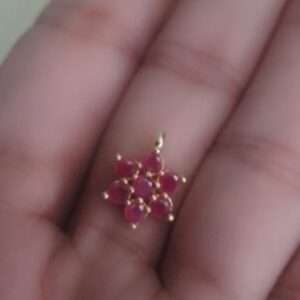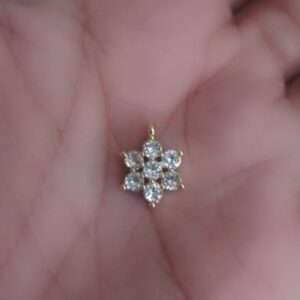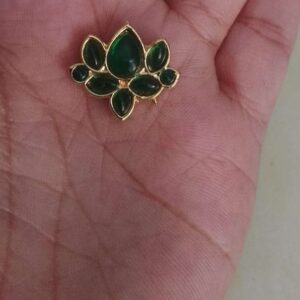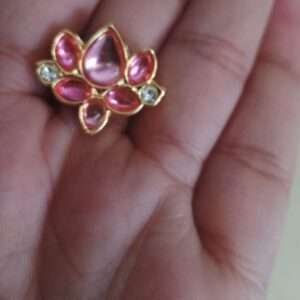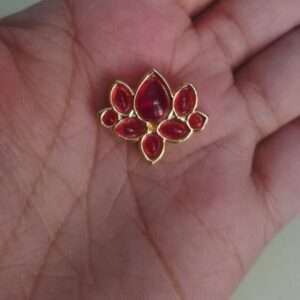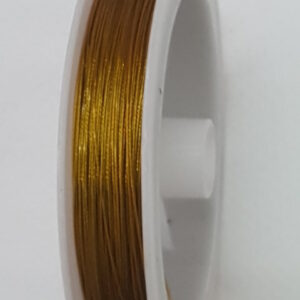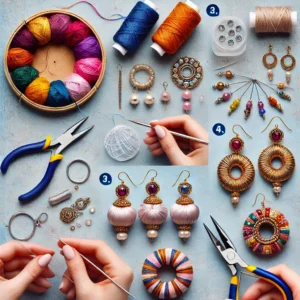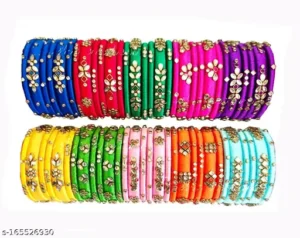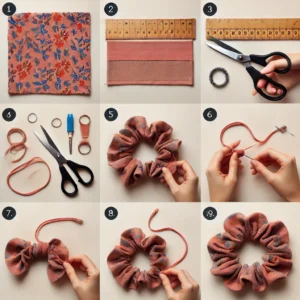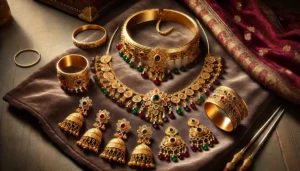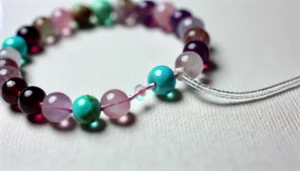Home » Posts tagged '#ArtisanalCrafts'
Tag Archives: #ArtisanalCrafts
Why handmade accessories are the next big thing in fashion – and you won’t believe the impact!
Explore how handmade accessories are transforming fashion with unique designs and sustainable practices. Learn why they are the ultimate style statement.
Handmade accessories are taking the fashion world by storm, offering a fresh alternative to mass-produced items that dominate the market. These one-of-a-kind pieces—ranging from hairpins and headbands to anklets and brooches—provide a personalized touch that is becoming increasingly rare in today’s fashion landscape. As more consumers seek unique ways to express themselves, the demand for handcrafted accessories continues to grow, underscoring a broader movement toward individuality, quality, and sustainable fashion choices.
The Rise of Handmade Accessories in Modern Fashion
Handmade accessories have become a symbol of authenticity and originality in a fashion market flooded with uniformity. Unlike factory-made items, these accessories are crafted with meticulous attention to detail and infused with the artist’s creative spirit. Each piece tells a story, making it more than just an accessory but a wearable piece of art. Fashion historian Linda Larson explained that “handmade accessories connect the wearer with the creator’s vision, offering a sense of connection that mass-produced items simply cannot replicate.”
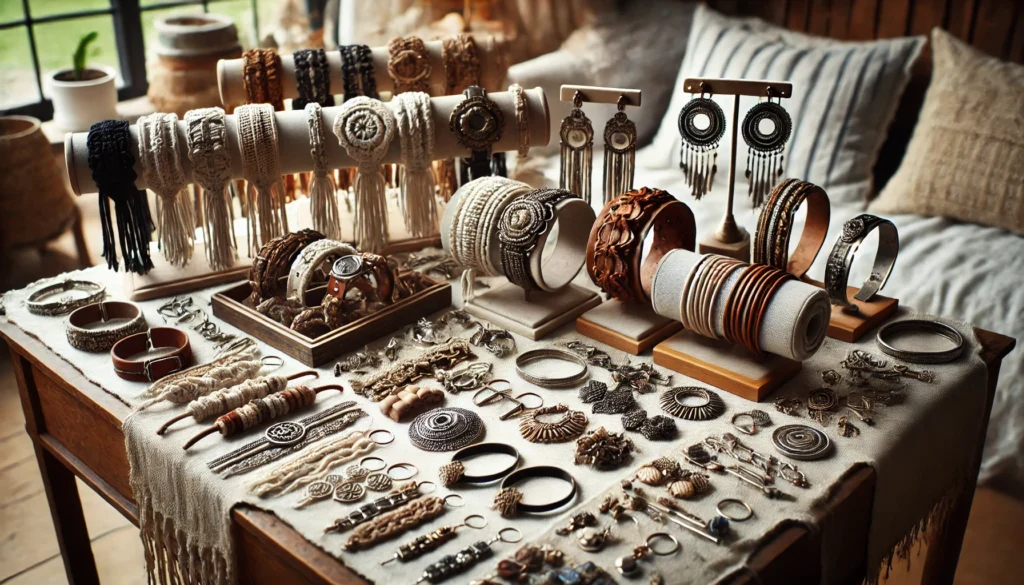
The rise in popularity of handmade accessories also reflects a growing rejection of fast fashion’s ethical and environmental implications. With consumers becoming more aware of the impact of their choices, there is a clear shift towards slow fashion, which values craftsmanship, sustainability, and ethical production. Artisanal brands and independent designers are leading this change, creating accessories that are both stylish and sustainable.
Why Consumers Are Flocking to Handmade Accessories
The appeal of handmade accessories lies in their uniqueness and the ability to customize them according to personal preferences. Many artisans offer bespoke services, allowing customers to choose specific colors, materials, and designs, resulting in a product that perfectly matches their style. This level of personalization is rarely found in mass-produced goods and is a key reason why handmade accessories are becoming more popular.
Additionally, handmade accessories often feature high-quality, durable materials. Unlike their cheaper, mass-produced counterparts, which are prone to wear and tear, handmade items are built to last. Many artisans use sustainable and ethically sourced materials, such as recycled metals, natural fabrics, or even upcycled components. This commitment to quality and sustainability adds to the allure of handmade accessories.
Craftsmanship and Artistry: The Essence of Handmade Accessories
At the heart of handmade accessories is the dedication and skill of the artisans who create them. Each piece requires hours, sometimes even days, of labor-intensive work. The artistry involved is what sets handmade accessories apart from their mass-produced counterparts. Jewelry designer Samira Thompson noted that “the time and skill invested in handmade accessories give them a soul—a story that the wearer carries with them.”
The market for handmade accessories includes a wide range of items, such as macramé earrings, crochet hairbands, leather cuffs, and metal brooches. Each accessory type reflects different craft techniques and materials, showcasing the rich diversity of artisanal work. As a result, handmade accessories appeal to a broad spectrum of consumers, from those who prefer minimalist styles to those seeking bold, statement pieces.
The Market Potential for Handmade Accessories
Experts believe that the market for handmade accessories will continue to grow as consumers increasingly prioritize sustainability, quality, and individuality. The rise of e-commerce platforms and social media has also provided artisans with greater visibility and access to global markets. Sites like Etsy, Instagram, and Pinterest have become crucial tools for artisans to showcase their work, connect with customers, and build their brands.
According to fashion marketing strategist Julia Reed, “the appeal of handmade accessories is more than just their aesthetic value. It’s about owning something that’s truly yours—an item that no one else has. This unique selling point is what makes handmade accessories a promising niche in the fashion industry.”
The Future of Fashion is Handmade
The trend toward handmade accessories signals a shift in consumer values, from quantity to quality and from conformity to individuality. As more people seek meaningful, sustainable, and unique fashion choices, handmade accessories are poised to become a staple in modern wardrobes. This growing demand will likely lead to more innovation and diversity in designs, ensuring that the future of fashion remains vibrant, sustainable, and deeply personal.
Macramé is back! Discover how ancient knotting techniques are transforming jewelry trends!
Explore the revival of macramé and knotting techniques in modern jewelry, blending ancient crafts with contemporary styles. Learn more about this trending art form.
Macramé and knotting techniques are experiencing a remarkable revival in the world of jewelry design, captivating fashion enthusiasts and artisans alike with their intricate patterns and bohemian charm. Rooted in ancient crafting traditions, these techniques involve the art of tying knots to create beautiful, textured designs that can be adapted into various jewelry pieces, from earrings and bracelets to necklaces and anklets. As fashion trends continue to embrace artisanal craftsmanship and sustainability, macramé jewelry is becoming a standout choice for those seeking unique, handmade accessories.
The Historical Significance of Macramé and Knotting in Craft
Macramé, a craft that dates back centuries, is believed to have originated with 13th-century Arab weavers who used knotting techniques to create decorative fringes on textiles. The art form spread throughout Europe, where it became popular among sailors who used it to pass the time while at sea. By the Victorian era, macramé became a fashionable home decor trend, often used to create intricate wall hangings and plant holders.
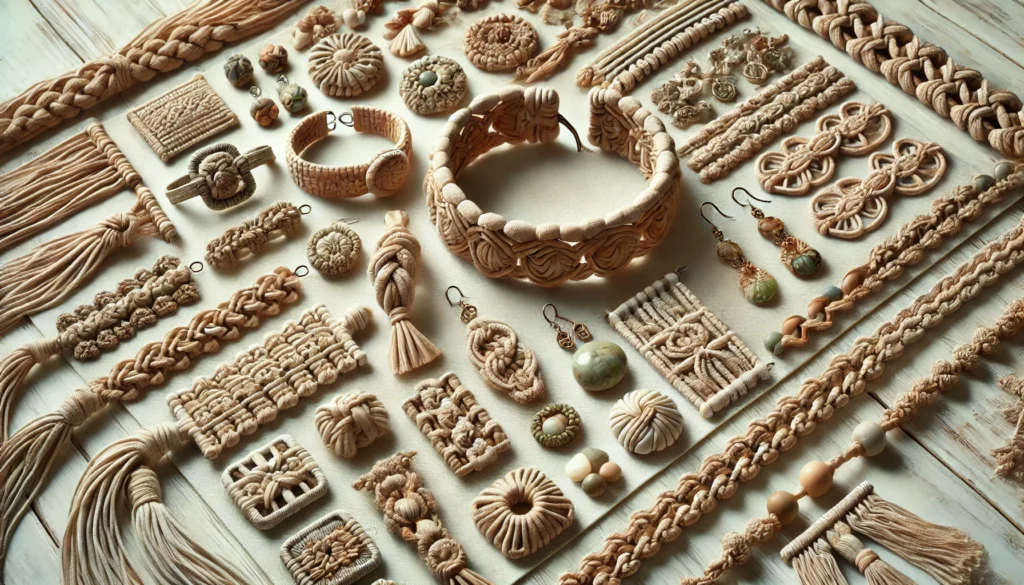
In jewelry design, macramé and other knotting techniques bring a rich history of craftsmanship to contemporary fashion. Fashion historian Mark Jensen stated that “macramé is more than just a decorative art; it’s a versatile craft that speaks to the history of human creativity.” Today, artisans are reviving these ancient techniques to create modern, stylish jewelry that appeals to a wide range of tastes.
How Macramé Jewelry is Crafted
Creating macramé jewelry involves a meticulous process that requires patience, skill, and an eye for detail. Artisans use various knotting techniques, such as the square knot, half-hitch knot, and lark’s head knot, to create intricate patterns and textures. The jewelry pieces are often made from materials like cotton, hemp, linen, or waxed cords, which provide both durability and a natural, earthy aesthetic.
Macramé jewelry can be adorned with beads, shells, or semi-precious stones to add a touch of elegance and uniqueness. The process typically begins with designing a pattern and measuring out cords of varying lengths. The artisan then carefully ties knots to create the desired design, adjusting the tension and spacing to ensure uniformity. Jewelry designer Elisa Ramos mentioned that “macramé offers a tactile experience—each knot is carefully tied, making every piece of jewelry unique and personal.”
The Growing Popularity of Macramé Jewelry in Modern Fashion
The resurgence of macramé and knotting techniques in jewelry can be attributed to several factors, including the rise of bohemian fashion, a renewed interest in handcrafted accessories, and the emphasis on sustainable, slow fashion. Unlike mass-produced jewelry, each piece of macramé jewelry is handmade, making it inherently more sustainable and environmentally friendly.
The aesthetic appeal of macramé jewelry also plays a significant role in its popularity. The textured patterns and natural materials give macramé jewelry a unique, earthy vibe that pairs well with various styles, from casual, everyday wear to more elaborate, boho-chic looks. Fashion influencer Claire Donovan noted that “macramé jewelry has a timeless appeal; it’s both rustic and refined, making it perfect for those who love to mix and match styles.”
The Future of Macramé and Knotting Techniques in Jewelry Design
Experts believe that macramé and knotting techniques will continue to thrive in the jewelry industry, especially as consumers increasingly prioritize sustainability and artisanal quality. The craft’s adaptability allows for a wide range of designs, from minimalist pieces to bold statement jewelry, ensuring its relevance in the ever-evolving fashion landscape.
Craft industry expert Julia Harmon emphasized that “macramé is more than just a trend—it’s a celebration of craftsmanship and creativity. As more people seek out unique, handmade jewelry that tells a story, macramé will continue to grow in popularity.” She added that with the rise of online platforms like Etsy and Instagram, artisans now have more opportunities to showcase their macramé jewelry to a global audience, further fueling the trend.
A Timeless Craft with Modern Appeal
Macramé and knotting techniques are proving that ancient crafts can find new life in modern jewelry design. As artisans continue to innovate and explore the possibilities of these versatile techniques, macramé jewelry will remain a popular choice for those who appreciate the beauty of handmade, sustainable accessories. With its blend of history, artistry, and contemporary style, macramé is truly a craft for the ages.
